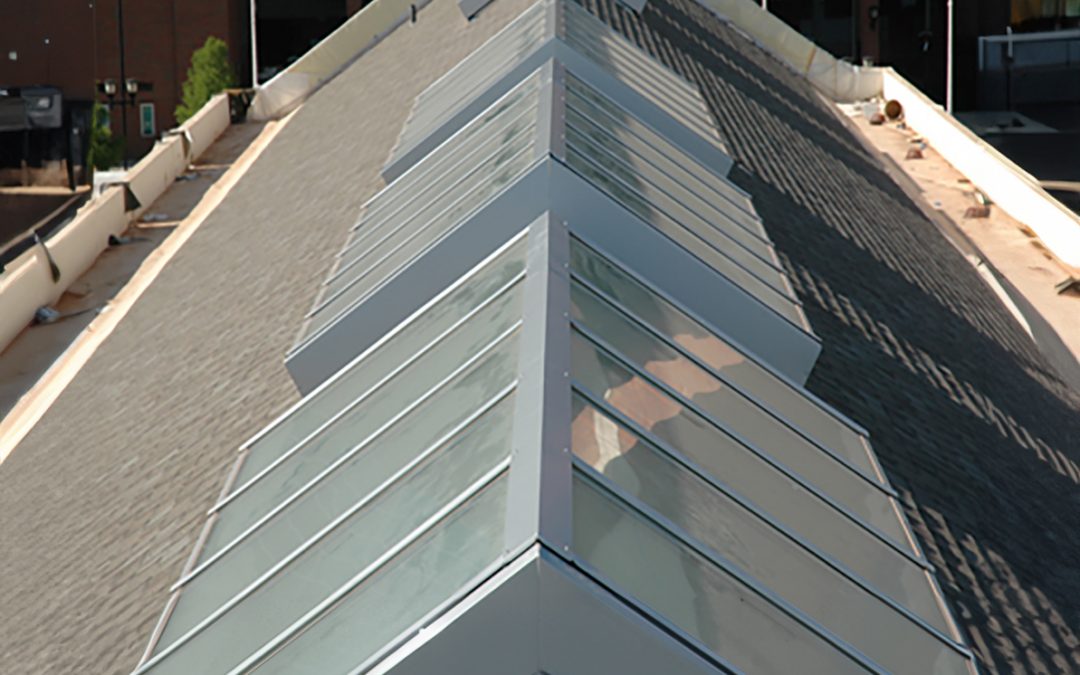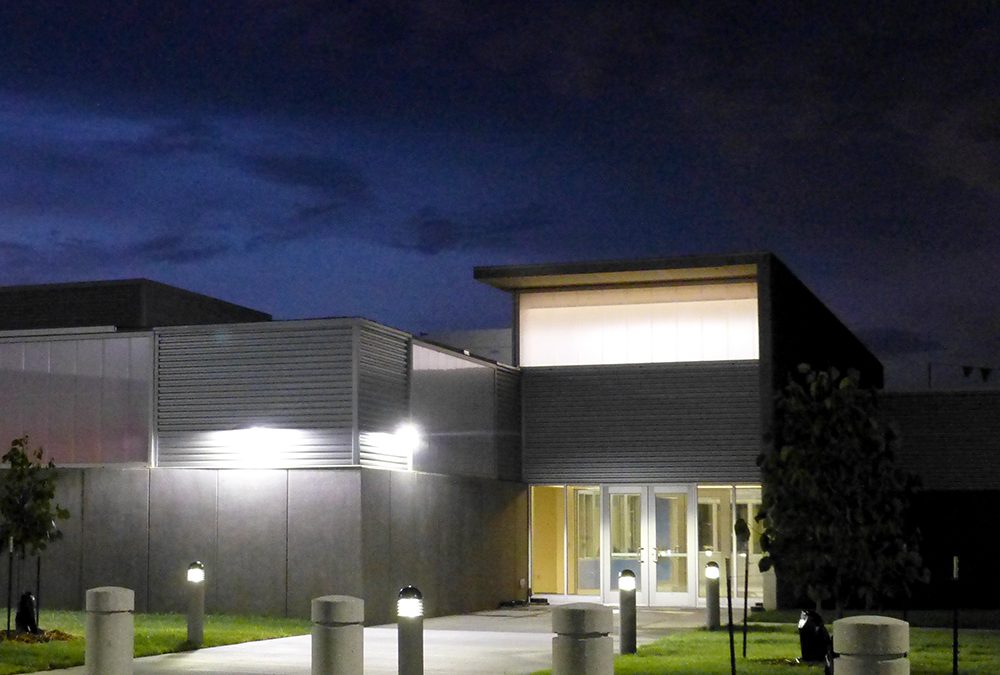What is the difference: Greenhouse, sunroom, and solariums

Sunlight is essential to our well being so no matter which style you prefer, you’ll get many hours of enjoyment by spending time in your new structure.
When you are thinking of a sunny addition to your home or business, you might hear different terms tossed around. How do you know which is what? And which one is right for your set up?
This is a short article to explain the differences so you’ll know exactly which term is correct for the end result you desire.
Conservatory:
Starting alphabetically, a conservatory is a room with a glass roof and walls, attached to a house on one side. It can be used as a greenhouse or a sun parlor. A conservatory is different than a solarium because it has accessories like ridge crests, finials, decorative gutters, decorative rakes, glass spacers, or crown molding. Think of this as the addition of a full room with glass all around, a great space for relaxing, dining, or entertaining. Note that the walls AND roof are glass. Many customers will install automatic sunshades that help control the comfort and light levels inside the conservatory. Conservatories are under CSI code 13 34 13.26
Greenhouse:
A greenhouse (CSI code 13 34 13.13) is a structure with walls and a roof made chiefly of transparent material, normally not attached to any other buildings. When most consumers think of a greenhouse, they think of a nice plant room. A place where they can enjoy a bit of gardening in bad weather. But greenhouses have 3 main types:
- Production greenhouses: Made for aggressively planting, growing, and harvesting year round. These types of greenhouses can be made of almost anything from plastic sheeting to translucent panels. Because they are dedicated to the life cycle and crops produced, these are not comfortable as a living area but do function well in providing a place to garden year-round. If the greenhouse is heated it may be referred to as a “hot house.” High-tech greenhouses may be built to include screening, heating, cooling, and lighting, and may be controlled by a computer to optimize conditions for plant growth.
- Home greenhouses: Most of the time greenhouses have glass construction. Many avid gardeners will have greenhouses to allow plants to thrive year-round along with providing space for relaxation or reading. These are comfortable spaces for plants and people.
- Classroom greenhouses: These are a combination of production greenhouses and home greenhouses. They are comfortable for plants and people, yet provide many of the features of a production greenhouse. In addition, the classroom greenhouse meets the same building codes required for the main structure (usually a school of some type) and exceeds the building codes for other types of greenhouse. Because the protection of the students is of utmost concern, the classroom greenhouse is built to withstand snow loads and high winds.
Orangery:
An Orangery (or Orangerie) is a fancy name for a special, large greenhouse that can accommodate orange (and other) fruit trees. Orangeries were in fashion during the 17th thru 19th centuries to protect fruit trees during the winter. Often a stove was used in the orangery to keep the plants warm. More than a greenhouse, an orangery was a sign of wealth and prestige. Orangeries would often contain fountains and grottoes as well as an area to entertain during bad weather. Today orangeries can still be found and occasionally someone will refer to an unusually large
greenhouse as an orangery.
Solarium:
A solarium is a glass-enclosed patio or porch. The all-glass structure is often built onto an existing home to make use of the sunlight and give the feeling of being close to nature. Solariums can be slightly different shapes based on the style of glass used (curved or straight). Most of the time a solarium will have a curved eave as shown in the photo on the right. They usually have some window openings and tracks that accommodate shades to insulate against the variation in temperatures. It is a room that can be used in all four seasons.
Solariums are under CSI code 13 34 13.16
Sunroom:
A sunroom is a “sunny room” just as the word implies. While some will define a sunroom as an all-glass structure, it’s really an enclosed patio that makes use of many windows but is not completely made of glass. The windows are usually sided by side across all the walls and do not stretch from floor to ceiling. The sunroom has a traditional roof like the primary structure. Sunrooms, like solariums, allow people to enjoy the surrounding landscape while being sheltered from the weather however, sunrooms may only be comfortable for three out of four seasons depending on insulation and heating abilities.
Sunrooms are under CSI code 13 34 13.23
Now that you have the differences, which one will you choose for your home, school, or business? Sunlight is essential to our well being so no matter which style you prefer, you’ll get many hours of enjoyment by spending time in your new structure.
More From This Category

The 4 Types of Ridge Skylights
Four types of ridge skylightsRidge skylights combine aesthetic appeal with functional...

Why Businesses Are Choosing Reglazing for Skylights and Glazed Structures
Rather than entirely replacing skylights or glazed structures, reglazing just the IGUs provides...

Polycarbonate clerestories are shedding new light on energy-efficient daylighting.
Polycarbonate provides translucent brilliance in filtering natural lightA clerestory is an...

